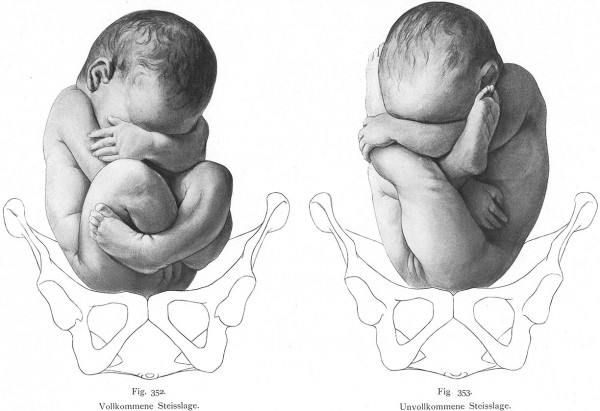
Pregnant women often fear that the position of their baby is not considered safe for a normal delivery. The normal position of a fetus is cephalic position wherein the head is at the lower part of the abdomen in preparation for child birth. At about the third trimester, frequent ultrasound of the fetal position and presentation is required. This is to prepare the mother as well as the doctor to opt for a Cesarean section to make sure of the baby's safe delivery. What are the different types of fetal positions?
In an estimated one tenth (1/10) of all labors, the fetal position would be posterior rather than anterior. This is called Occipitoposterior Position. This position occurs in women who have problems with their pelvis such as android, anthropoid or contracted pelvis. This condition increases the risk for umbilical cord prolapse prompting for an emergency CS section.
Breech position is a normal position throughout pregnancy. However, by the 37th or 38th week of pregnancy, the baby should turn to the cephalic position in time for labor. Breech presentation is when a fetus' buttocks (breech) is the presenting part. This is a dangerous position because it can lead to lack of oxygen supply to the baby due to a prolapsed cord, traumatic injury to the head, spinal fracture and problems with labor.
Another position is called face presentation. This is when the face (chin) is the presenting part of the fetus. It is termed as asynclitism. It is a rare case and babies born from this position usually have severe edema and sometimes, deformity in the face.
Brow presentation is the rarest of all presentations. Sometimes they occur in women who had many children before the pregnancy and have a relaxed abdomen already. This can cause injury and bruises on the baby's face.
Lastly, transverse lie is when the fetus is floating in the uterus even when labor has started. It is in a horizontal position and usually, CS section is advised.
Mothers should be aware of the different positions so she can prepare herself in time for labor.



